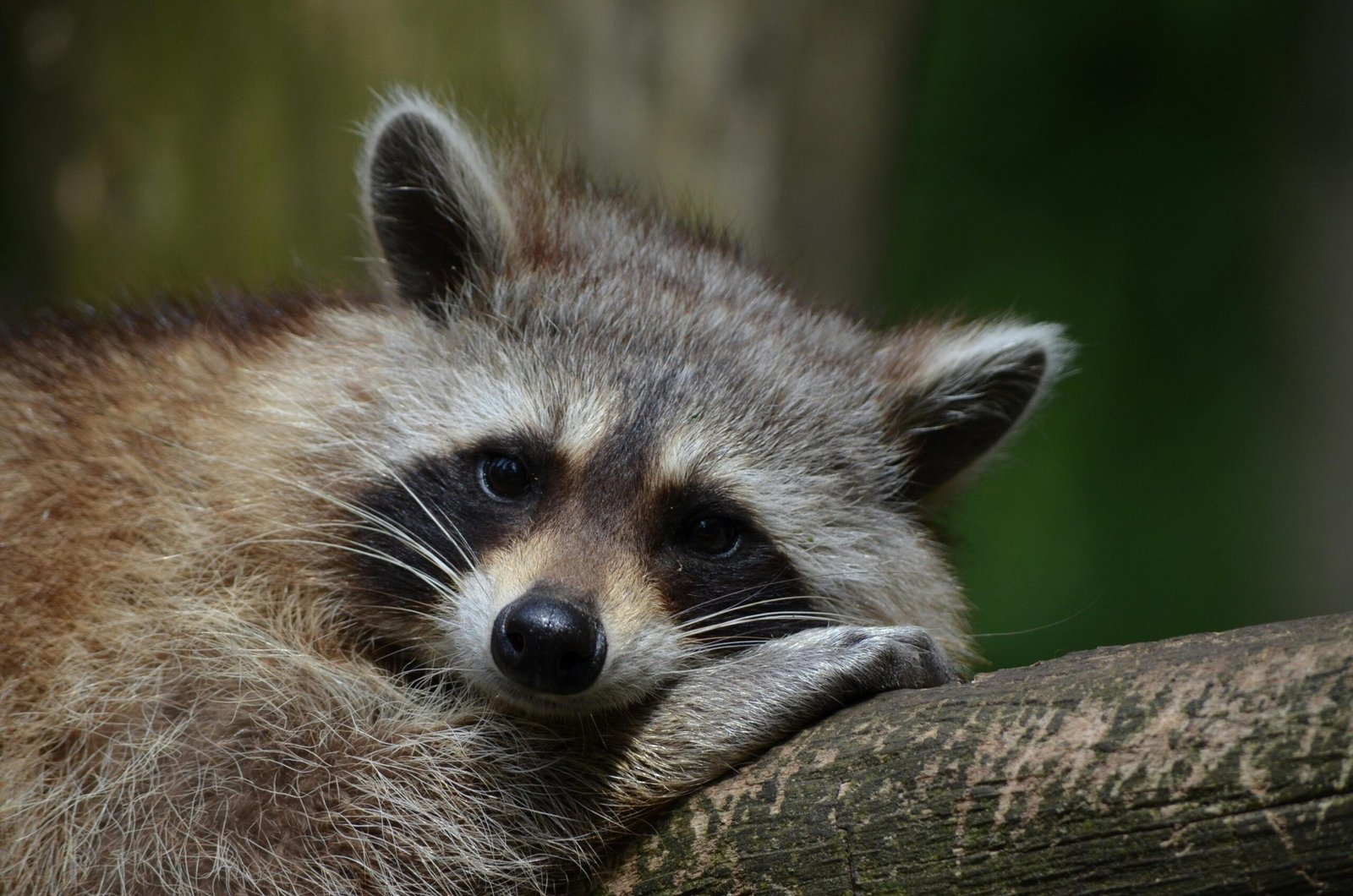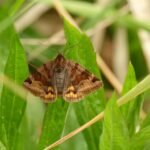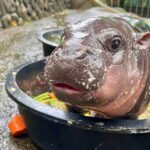
As highly adaptable and intelligent animals, raccoons can be found in the most diverse environments-from forests to urban centers. This very same factor makes the presence of raccoons on city streets and in suburban neighborhoods a little less familiar problem: raccoon scat, or poop. Often overlooked in general, raccoon scat can have serious health implications and environmental impacts considering that raccoon populations are dense. This article takes the scientific stand of dissecting raccoon scat, the possible dangers associated with it, and what communities can do to manage it better and hence reduce risks.
The Silent Health Hazard: Raccoon Roundworm
One of the major threats associated with raccoon droppings is Baylisascaris procyonis, or raccoon roundworm. The parasite itself is not a threat to the hosts, but the eggs that it passes through its stool are dangerous to human and animal populations. These eggs have a long shelf life of years when not inside a host and may be ingested or inhaled through the skin when accidentally exposed to tainted soil or surfaces.
Areas with higher raccoon population densities, such as local parks, woodlands bordering residential areas, and urban locations with good food access, are the hotspots of roundworm contamination. Those who spend a lot of time outdoors, including children and pets, are at risk.

What does raccoon poop look like
In order to take precautions it is necessary to first be able to know what the scat looks like. It’s identification is important because even only then the hazard it causes can be evaded
- Size: Raccoon feces are typically 2-3 inches long and about half an inch in thickness.
- Shape: Almost cylindrical in shape and with a curvaceous tendency, the segmented or lumpy appearance is dark brown to black.
- Texture and Contents: Depending on the raccoon’s diet, there might be little undigested bits of food, such as seeds, fruit peels, parts of exoskeletons from insects, as well as other traces like bits of plastic or paper related to human food waste in cities.
- Location: Raccoons often usually defecate in communities often called latrines. This is typically next to logs, stumps of trees, or any other urban dwelling, such as a roof or deck.

What Communities Can Do:
Public education should point to the threats posed by raccoon roundworm disease and ensure people avoid any fallen raccoon feces in highly congested areas. It can then be communicated to schools, county local administrative offices, and wildlife agencies for better public awareness of proper guidelines on identifying and handling raccoon feces.
The government and the public health authority should conduct an education program on how to clean and safely detect scat. The danger associated with roundworms can be put on posters, flyers, and digital campaigns besides the correct steps regarding how to handle scat.
Click here to visit more informative and educational articles like these.




